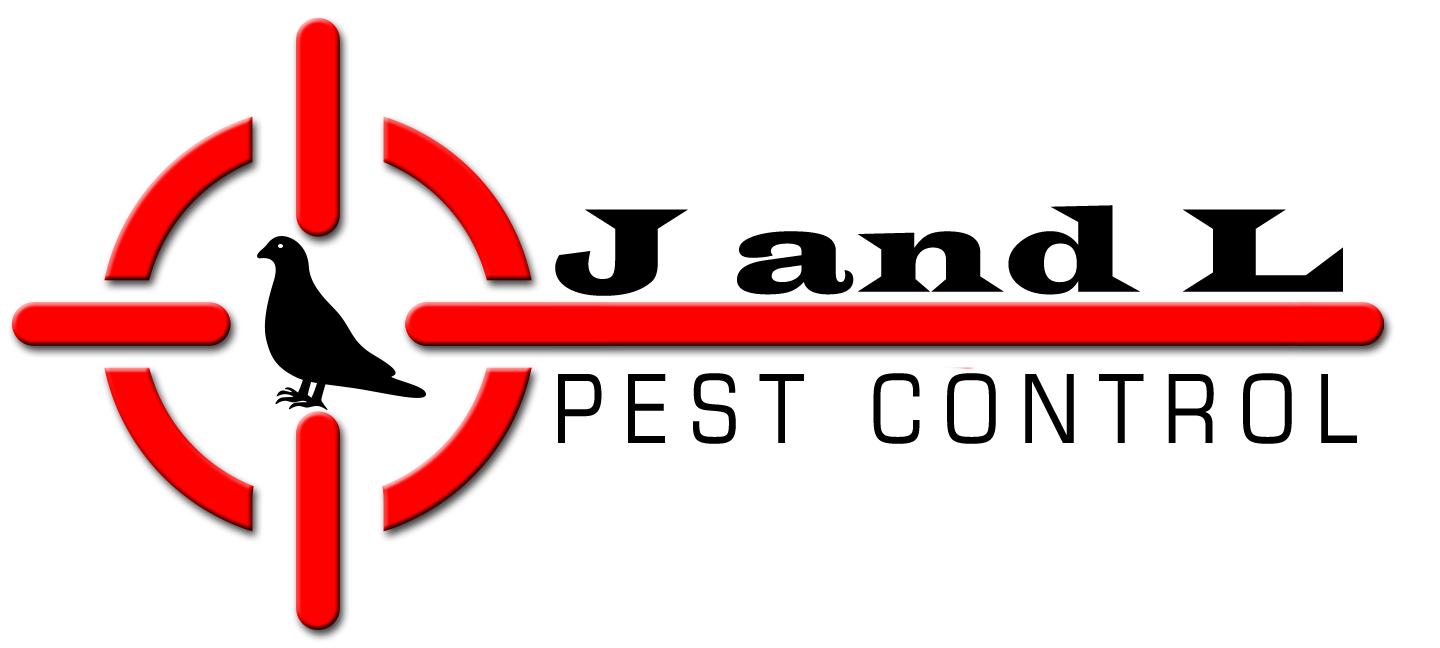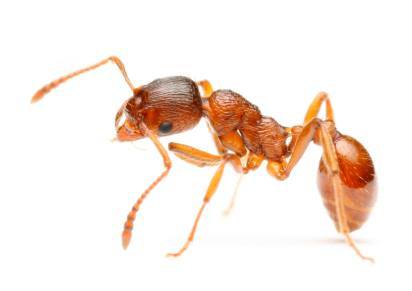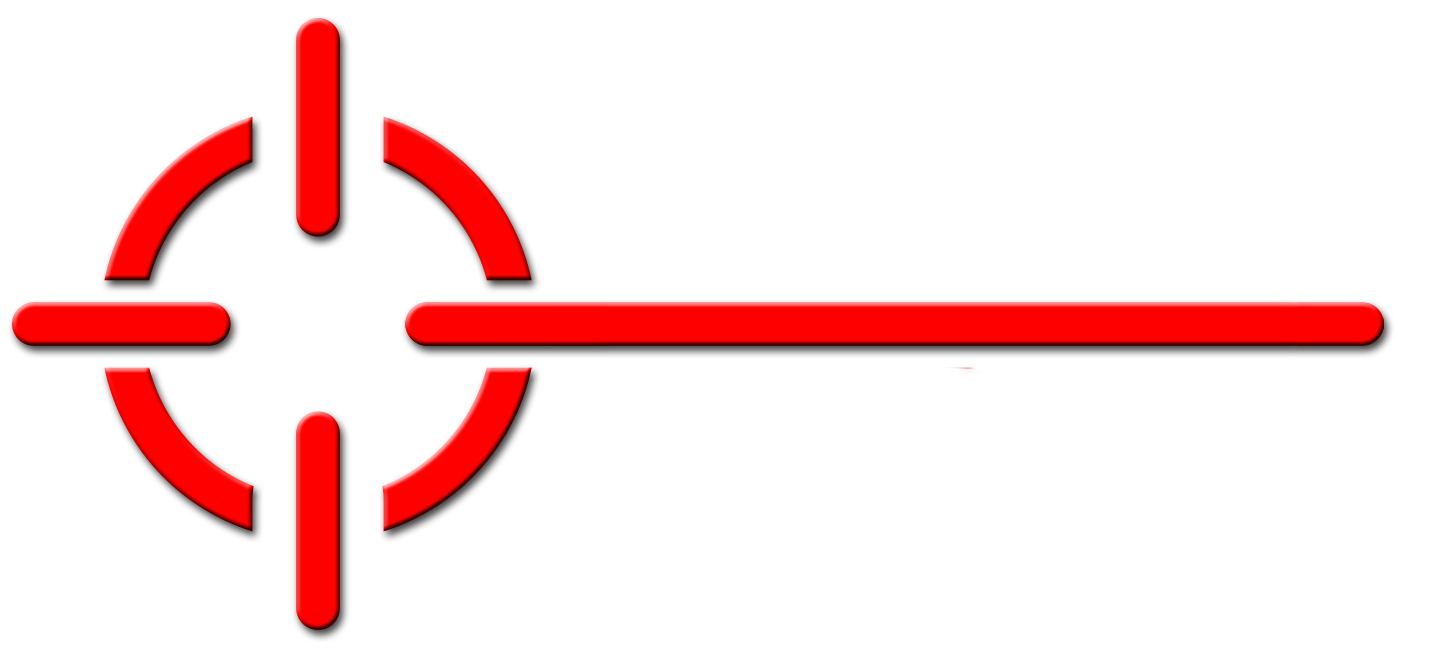
J & L Pest Control is a family owed business that has been practicing Integrated Pest Management (IPM) services since it was founded.
T (631)-605-9919
Email: jandlpestcontrol@gmail.com
J & L Pest Control
1090 Martinstien Ave.
Bay Shore, NY 11706

COMMON NAME: Pharaoh ant
SCIENTIFIC NAME: Monomorium pharaonic(Linnaeus)
CLASS/ORDER/FAMILY: Insecta/Hymenoptera/Formicidae
METAMORPHOSIS: Complete
INTRODUCTION. Its name resulted from the mistaken belief of Linnaeus that this ant was one of the plagues of Egypt in the time of the Pharaohs. Pharaoh ants are thought to be native to the African region. This ant is found throughout the United States. Pharaoh ants have been strongly implicated in the spread of various disease pathogens.
RECOGNITION. Workers monomorphic, about 1/16" (1.5-2.0 mm)long. Body usually pale, varying from yellowish to reddish,with abdomen often darkerto blackish. Antenna 12-segmented, with 3-segmented club. Thorax lacks spines,profile unevenly rounded. Pedicel 2-segmented.Stinger present. Queens about 1/8" (4 mm) long, with/without wings, and slightly darker in color than workers. Males about 1/16" (2 mm), winged, black in color, and antenna straight, not elbowed.
BIOLOGY. The colonies tend to be large with workers numbering in the thousands to several hundred-thousand. There are usually several hundred reproductive females present in such a colony. Although winged reproductives are produced, there are no flights of swarmers and mating takes place within the nest. New nests can be formed by “budding” with as few as 5 workers, 10 preadults, and one queen migrating from the original colony. Developmental time (egg to adult) for workers is about 38 days at 80°F (27°C). Workers live about 9-10 weeks, with only up to 10% out foraging at any given time. Queens live 4-12 months, and males die about 3-5 weeks after mating. These ants are of particular importance in hospitals where they will enter wounds, enter in-use IV bottles, seek moisture from the mouths of sleeping infants, etc. More than a dozen pathogenic bacteria, such as Streptococcus pyogenes,have been found on Pharaoh ants collected in hospitals.
CONTROL. A thorough initial inspection is crucial to determine ant location(s). It is very important to understand the biology of Pharaoh ants before treating. Pre-baiting with non-toxic mint-apple jelly or honey can help to locate ants. Baiting is usually the only method of effective control. If the Pharaoh ant infestation is in a multifamily building, the only way such an infestation can be eliminated is inspection and treatment of the entire building. Otherwise, ants will move from non-treated units into ant-free units.
HABITS. Inside, Pharaoh ants nest in warm (80-86°F/27-30°C), humid (80%) areas near sources of food and/or water. Nests are usually located in inaccessible areas such as wall voids, behind baseboards, in furniture, under floors, and between linens. The workers range widely, up to 148 feet (45 m), from the nest in search of food and water, and establish trails to food and water sources. They forage both during the day and night. They commonly use electrical and telephone wires as a highway system to travel through walls and between floors. Pharaoh ants are common problems in commercial food handling establishments such as hotels, grocery stores, hospitals, and in apartment complexes. Outside, these ants seem to be of little importance today. In the temperate/northern areas of the United States, they usually cannot survive outdoors year round. They have a wide preference in food, ranging from syrups to fruits, pies, meats, and dead insects. They use carbohydrates primarily as an energy source whereas, protein is primarily required for larval development and egg production by the queens.
